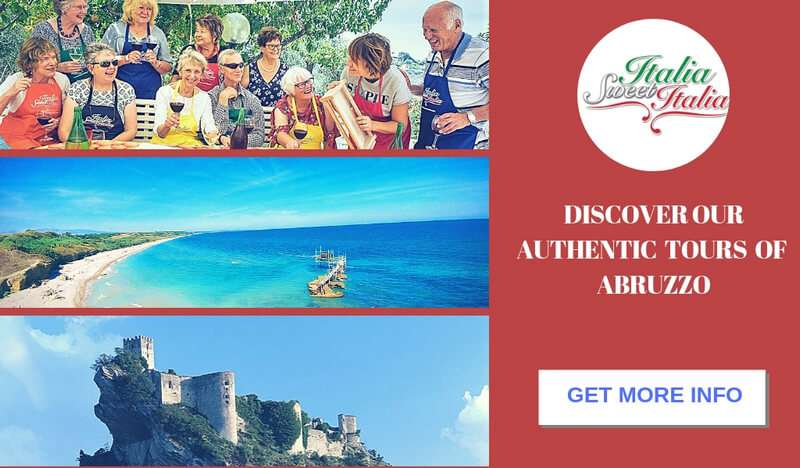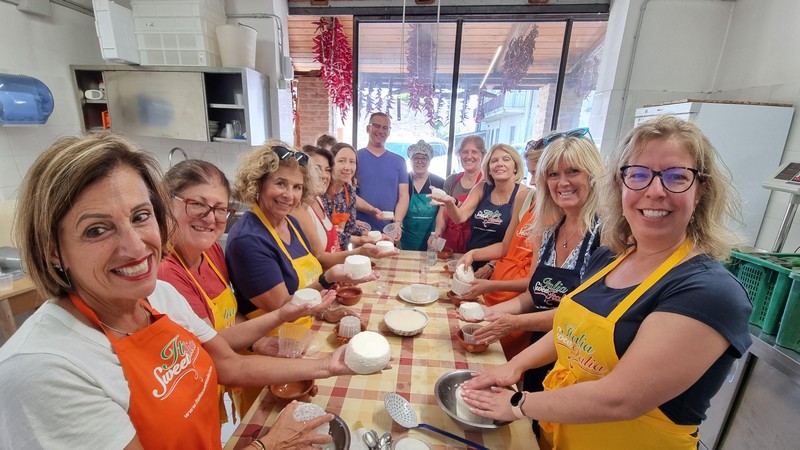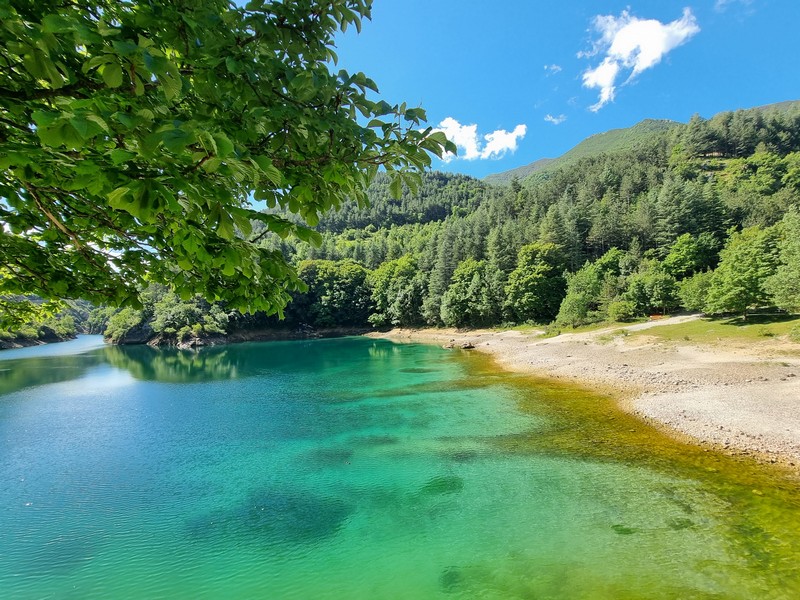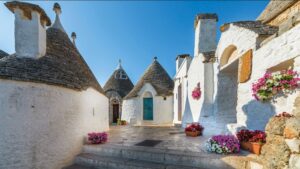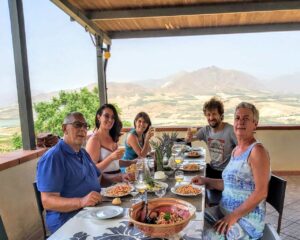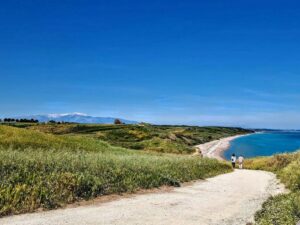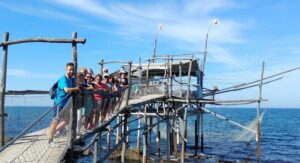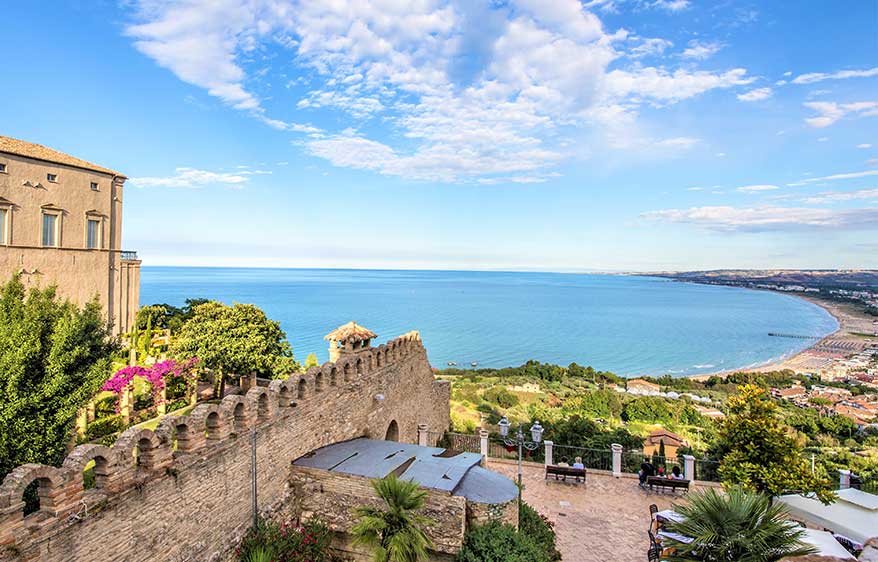
Vasto, a city overlooking the Adriatic Sea, our base and my hometown, is a true treasure trove of history, art, and culture that unfolds through its cobblestone streets, historic squares, and buildings with Renaissance and Baroque architecture.
One of the gems of this city is undoubtedly Palazzo d’Avalos, an imposing residence that tells centuries of history and now houses the Civic Museums of Vasto.
Through its halls and Neapolitan-style gardens, visitors can embark on a fascinating journey into the past, exploring the events of the great feudal lords and rulers who inhabited this extraordinary place.
Palazzo d’Avalos stands as an architecturally impactful work, a witness to a series of transformations over the centuries.
Originally built in the 15th century at the behest of Giacomo Caldora, the lord of Vasto, the palace has experienced periods of splendor and abandonment.
Today, after renovations that have brought to light original architectural elements, Palazzo d’Avalos is a tangible testimony to the city’s history.


After Giacomo Caldora, the palace falls under the dominion of the prestigious Spanish family of d’Avalos.
Originally from Castile, the d’Avalos arrive in the Kingdom of Naples in 1440 and become lords of Vasto until the late 1700s.
During this period, the palace is not just a noble residence but becomes the directional center of city life, hosting officials, officers, and the vice-marquis who managed the lord’s interests in his absence.

Palazzo d’Avalos has undergone phases of destruction and reconstruction.
In 1552, Francesco Ferdinando, the spouse of Isabella Gonzaga, carries out substantial restorations.
In 1566, the palace suffers severe damage during an attack by the Turks, but from 1573, reconstruction work begins, giving the building the Renaissance characteristics we admire today.
Cesare Michelangelo d’Avalos, during his lordship, contributes to the palace’s maximum splendor by enriching it with works of art and precious furnishings.
With the d’Avalos’ transfer to Naples at the end of the 1700s, the palace experiences a period of decline and abandonment.
However, in 1974, the Municipality acquires part of the property and initiates restoration work culminating in its transformation into the Civic Museums of Vasto, preserving the city’s rich history.
Within its walls, Palazzo d’Avalos houses the Civic Museums of Vasto, a place that preserves a rich collection of archaeological artifacts from various historical periods.
Visitors will have the opportunity to delve into the ancient history of Abruzzo through a series of exhibitions spanning from the Bronze Age to the Roman era.
The ancient testimonies of daily life, artworks, and objects unearthed during archaeological excavations offer a unique perspective on the lives of the civilizations that inhabited this region.
Palazzo d’Avalos is not only a static museum but also a dynamic venue that hosts cultural events and temporary exhibitions.
Art and culture enthusiasts can participate in conferences, workshops, and meetings that further enrich the museum experience.

The courtyard of Palazzo d’Avalos is an authentic window into the past.
The walls, Gothic windows, and original architectural elements revealed during restorations unveil the stylistic dependence on Neapolitan and Spanish late-Gothic culture.
The Neapolitan Gardens, a natural extension of the noble residence, are a real masterpiece.
Arches, paved walkways, the central well, and the majolica contribute to creating a delightful Baroque atmosphere.
These gardens, with typical features of gardens and cloisters widespread in the Neapolitan area, especially during the Baroque period, evoke the elegance of the Chiostro di Santa Chiara in Naples.
Palazzo d’Avalos in Vasto is much more than a historic building; it is a heritage that tells the story of a city and its aristocracy.
Through the centuries, it has withstood the ravages of time and now continues to be an unmissable stop for those wishing to immerse themselves in the cultural riches of Abruzzo and Vasto.
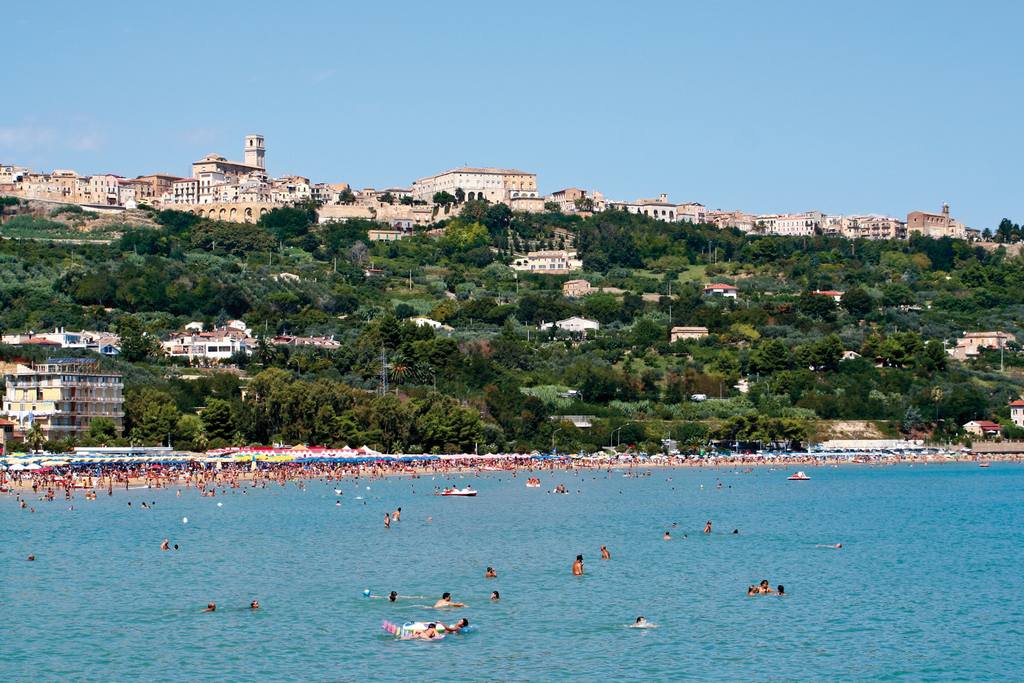
Palazzo d’Avalos from Vasto Marina
Ready to travel to Abruzzo, Italy?
Get in touch today for more information about our tour. We are ready to help you choose the best options for your dream vacation!
And if you’re not quite ready to make an inquiry, sign up for our free email course to learn everything you need to know about planning a tour of Abruzzo.
